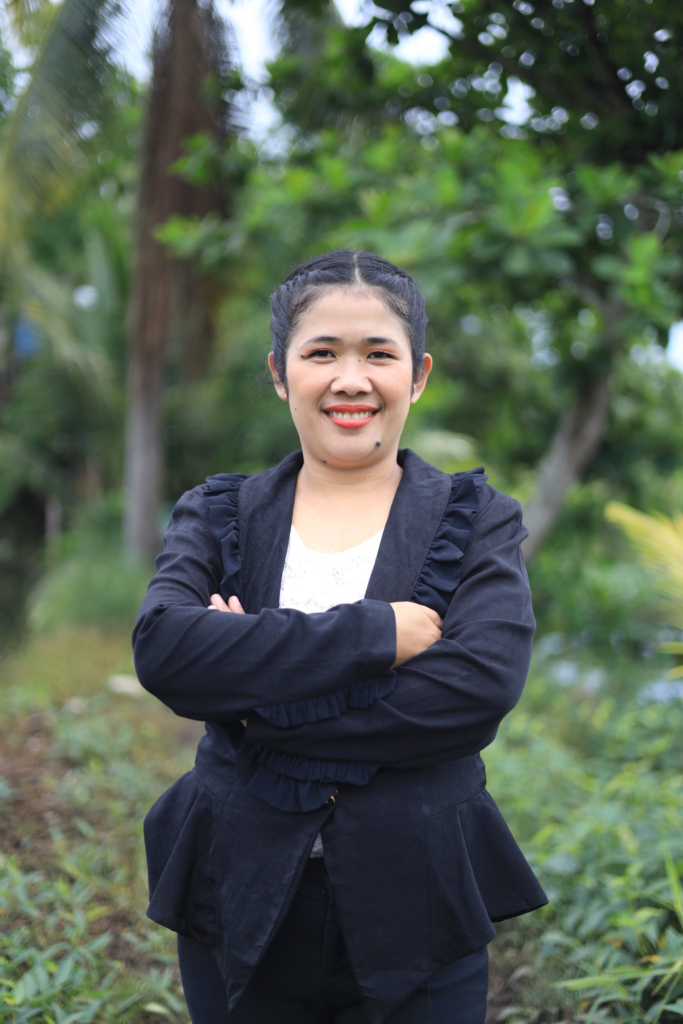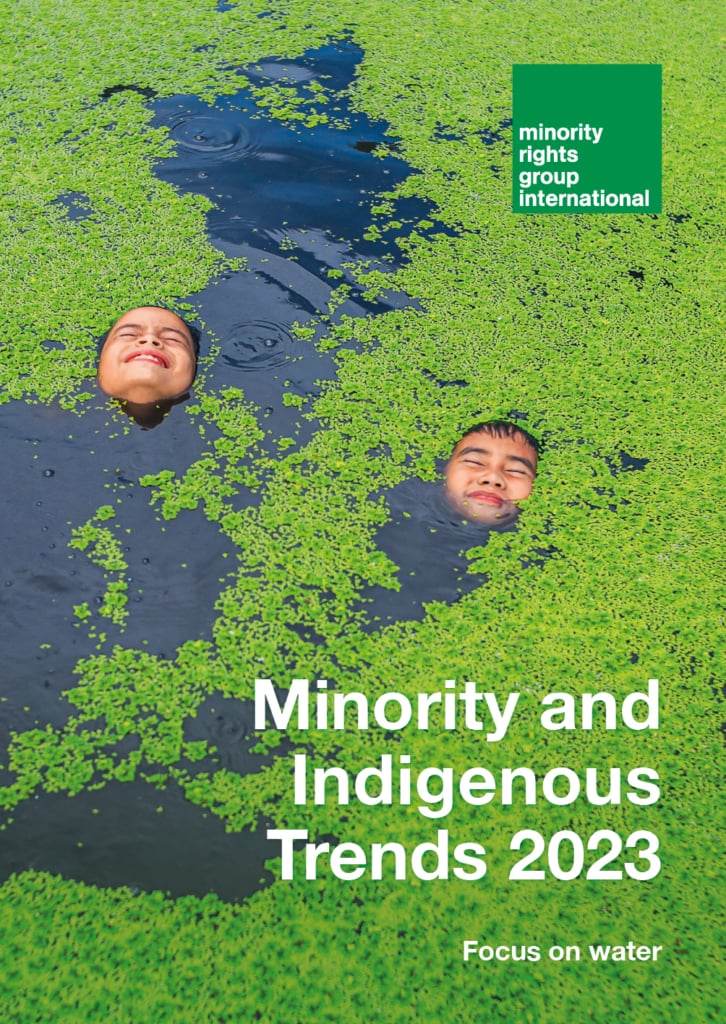
Happier where the waters are greener
Since it began producing reports in the 1960s, Minority Rights Group has always relied on photography for its storytelling. Our annual Minority and Indigenous Trends publications are testimony to this. Yet year on year, the production process behind these reports has made one thing clear – the marginalization that minorities and indigenous peoples face extends to print media and photography.
While images for editorial use exist in stock databases, the minorities and indigenous communities whose stories we seek to amplify are often misrepresented. We also consistently face difficulties in finding photos taken by local people, especially the protagonists: the minority and indigenous community members themselves.
We know these photographers are out there. So, for this year’s edition, we tried something new. We decided that the most prominent image of the publication – its cover photo – would be commissioned following a photography competition, for which the only eligibility requirement was for the candidate to be over 18 years old and to self-identify as a member of a minority or indigenous people.
‘My goal is to show stories of the forgottens, the left-behind and the unheard through my lens.’
We now have the privilege of introducing you to Elaine Inlab, the winner of this pilot competition. Her photo Happier Where the Waters are Greener shows two Sama Bajau children smiling while bathing in the algae-filled waters of the marshes in Pagadian City, Philippines. The Sama Bajau are a marginalized, seafaring indigenous population that is spread across Southeast Asia. In the Philippines, many are forced to abandon their traditional way of life and live in metropolitan cities. Statelessness is also a pressing issue.
We are grateful to Elaine for allowing us to present her photo on the cover of this report. Seeing youth and children belonging to minority and indigenous communities reminds us that the water crisis must be addressed with urgency to ensure that future generations can inhabit this earth with dignity and joy. Seeing their wide smiles despite the surrounding pollution reminds us that there is still hope – all the more reason for governments to act immediately

Elaine Inlab is a photographer based in Philippines. She is a member of the Subanen people in Lakewood, in the province of Zamboanga del Sur. She was 15 years old when her family was forced to relocate closer to the city in search of safety, after conflict put her family at risk. After attending university, she went on to become a teacher for underprivileged indigenous children in a small remote community in Mindanao. She continues to teach full-time, exploring her passion for photography on the side. Her winning photo, featured on the cover of this report, was taken during an excursion with her sister, who is also a photographer.
When asked about how she felt after hearing that she won this competition, Elaine said, ‘winning this competition is impactful for us minorities. As a Subanen, I know discrimination can impact your life. But winning this competition is helpful for all minorities in the Philippines because there is a sort of visibility to the struggles we are experiencing. Our stories, our voices are somehow being heard and seen in a global community.’
Her photography is filled with atmospheric undertones, childhood life and shared experiences among minorities. Using cinematic motifs, Elaine creates a dreamlike composition for her subject matter. She loves to craft a story with her camera between the people in focus and their environment.

Featured image: ‘Happier Where the Waters are Greener’: Two Sama-Bajau kids smile as they enjoy doing their daily routine of taking a bath in algae-choked waters off the marsh of Pagadian City caused by high temperatures. Algae covers 75 per cent of the entire marsh area. Pagadian City, the Philippines. Elaine Inlab.
